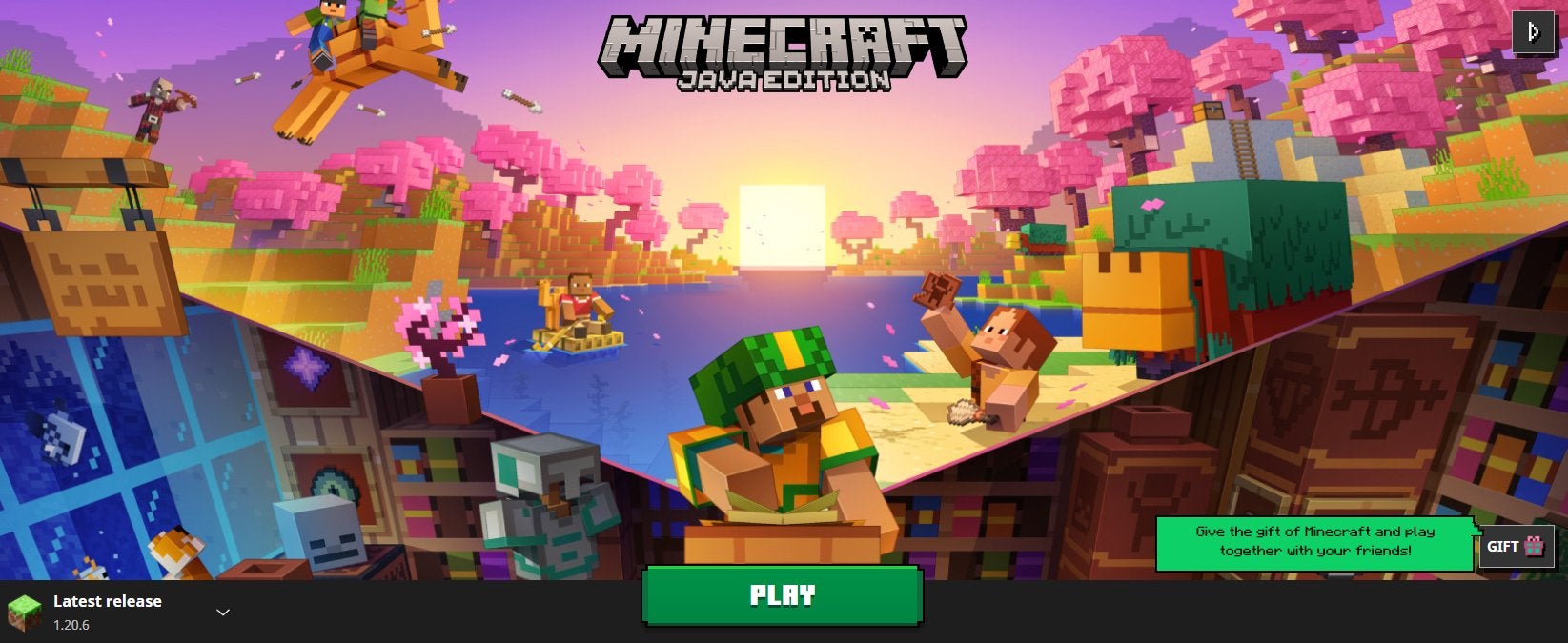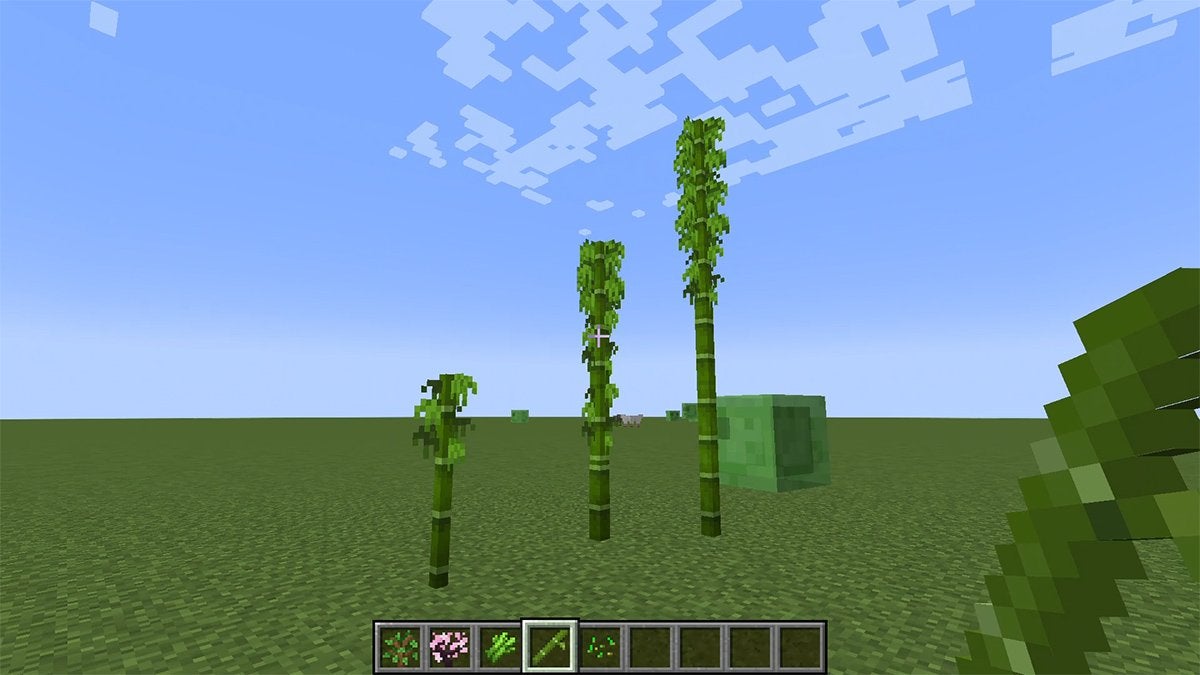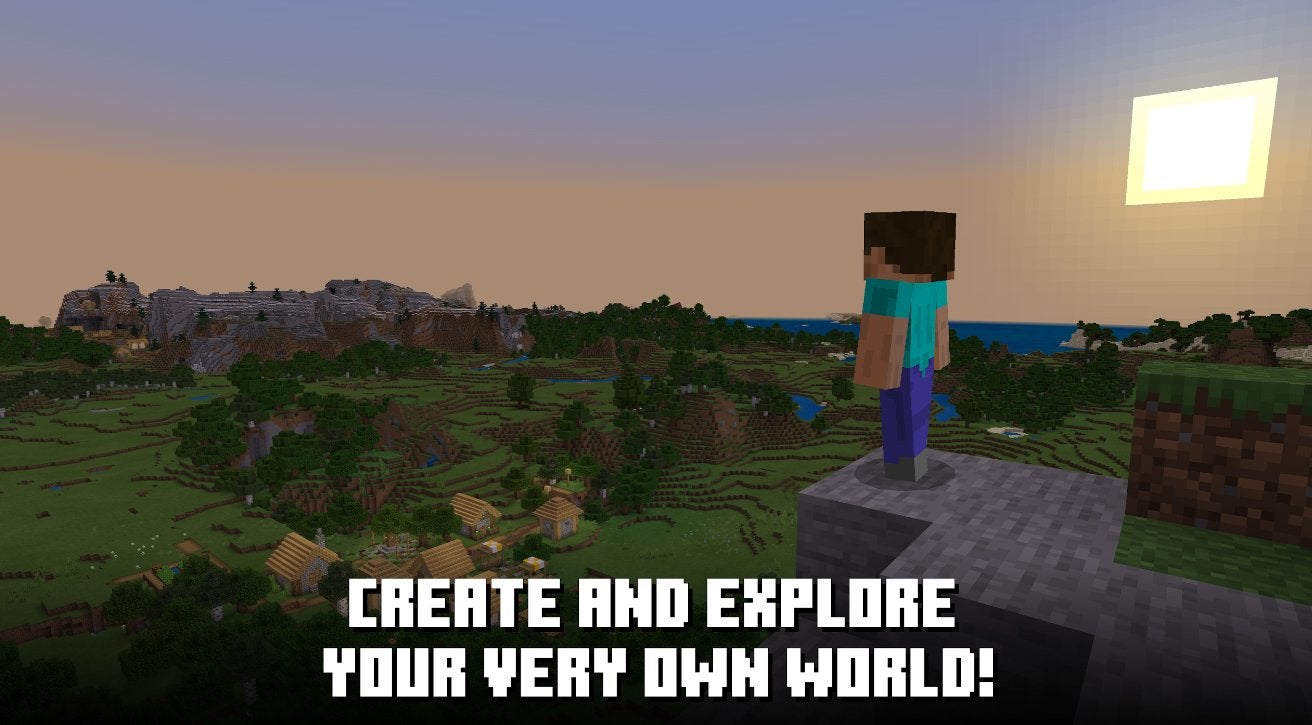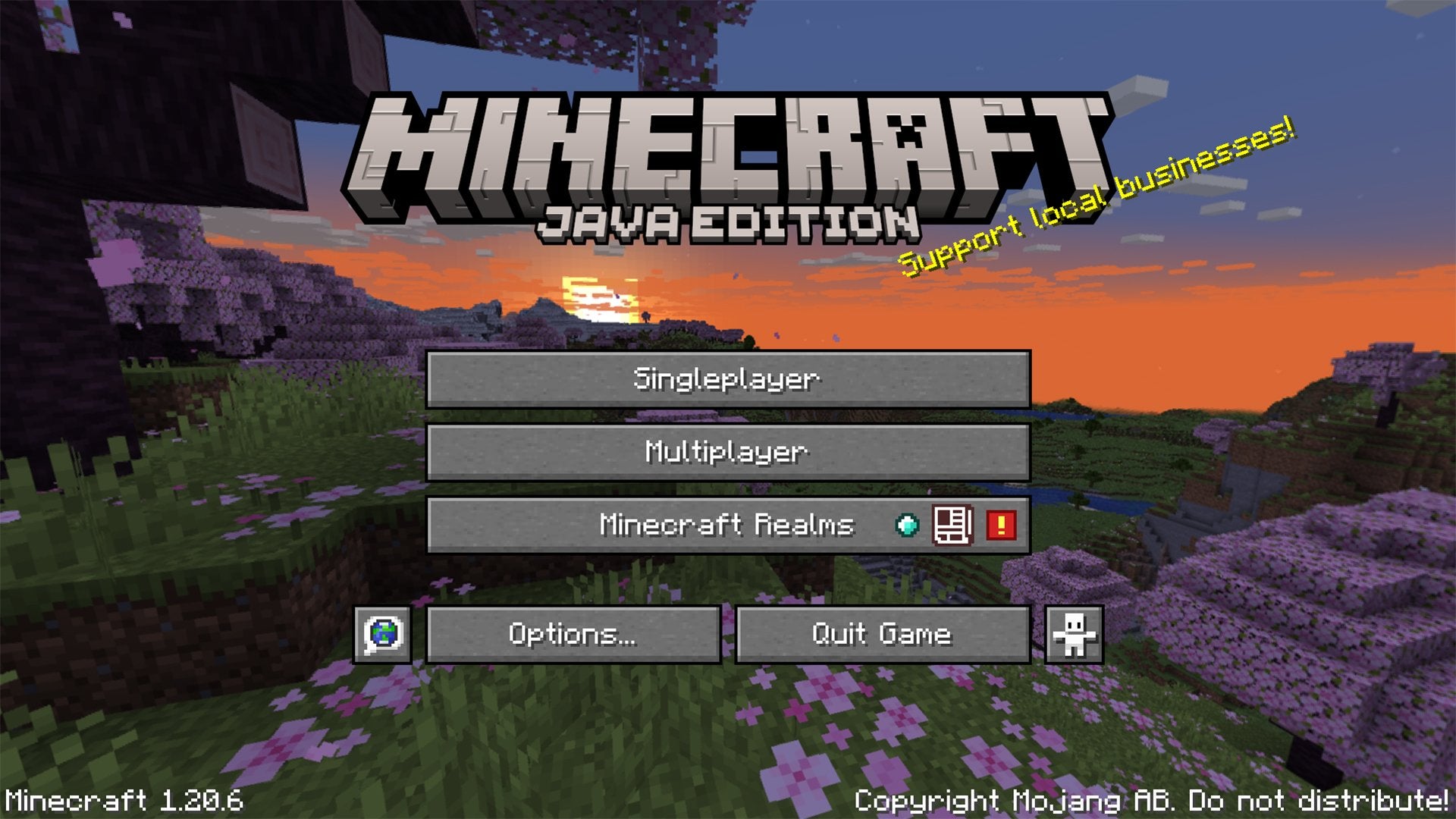![]() Key Takeaway
Key Takeaway
The full version of Minecraft was released on November 18, 2011, for Windows, Mac, and Linux. However, it’s been publicly available since May 17, 2009.
Interestingly, the Android version came out on October 7, 2011, and the iOS version on November 17, 2011—slightly before the major three OS releases.
Since then, Minecraft has become playable on 14 other platforms including major consoles such as the PS4, Xbox One, and Nintendo Switch.
The massively successful Minecraft was released roughly 15 years ago. Its current popularity is a testament to how consistently fun the game is—even after tons of updates! From PC to mobile to console, you can play Minecraft on pretty much anything these days.
Table Of Contents
Minecraft Release Date Details

Initially, Minecraft first became publically available worldwide on May 17, 2009, for Windows, Mac, and Linux—however, back then, it was called Cave Game. Thankfully, the title was changed, as “Minecraft” encompasses the game’s nature much better than “Cave Game.” On top of that, the former is more original and sounds better in a phonetic sense.
Then, on October 7, 2011, it became globally available on certain Android devices. Not long afterward, on November 17, 2011, the game appeared on iOS devices for players all over the planet. Interestingly, these releases were just before the full version of Minecraft was released worldwide on November 18, 2011, for Windows, Mac, and Linux.
When Minecraft Became Playable on Other Platforms
Shortly after being released for various computer operating systems and mobile devices, Minecraft entered the console market—and a few others as well! In total, Minecraft has been released for 19 platforms since its debut.
- Xbox 360: May 9, 2012 (Worldwide)
- Raspberry Pi: February 11, 2013 (Worldwide)
- PlayStation 3: December 17, 2013 (North America) and December 18, 2013 (Europe)
- Fire OS: April 2, 2014 (Worldwide)
- PlayStation 4: September 4, 2014 (Worldwide)
- Xbox One: September 5, 2014 (Worldwide)
- PlayStation Vita: October 14, 2014 (North America) and October 15, 2014 (Europe)
- Windows Phone: December 10, 2014 (Worldwide)
- Windows 10: July 29, 2015 (Worldwide)
- Wii U: December 17, 2015 (Worldwide)
- tvOS: December 19, 2016(Worldwide)
- Nintendo Switch: May 11, 2017 (North America) and May 12, 2017 (Europe)
- Nintendo 3DS: September 13, 2017 (everywhere except Europe) and September 20, 2018 (Europe)
- ChromeOS: June 8, 2023 (Worldwide)
A Brief Development History of Minecraft

Even before its release, Minecraft had multiple versions before it was launched. This is normal considering how video games are made. Let’s dive into some specific information.
Pre-Classic (Java Edition)
During this archaic era, updates didn’t go by the usual naming convention of using parts of the date. Instead, this primordial soup of a game only had initials and basic timestamps assigned to various update logs. At this point, the game wasn’t much more than basic lines of coding.
Classic (Java Edition)
During the Classic era of development, Notch—the creator of Minecraft—began putting together the game in earnest. It started to take shape and the majority of the core functions were implemented and tested. However, there was still a long way to go. As a frame of reference, the Classic era of development ended at version 0.28.
Indev and Infdev (Java Edition)
At this point, Notch was getting serious about releasing the game someday. As such, he referred to progress in this era as “Indev,” which is short for “In Development.”
Then, when Notch added one of the hallmark traits of the game—infinite world generation—he referred to the game as being “Infdev,” a portmanteau for “Infinite Development,” just like the game infinitely developed the terrain around the player. Appropriate, right?
Alpha (Java and Bedrock Editions)

The alpha versions of both the Java Edition and the Bedrock Edition were worked on at the same time. The game was basically complete at this point in terms of playability—despite lacking tons of crucial details and polish. However, it was far along enough that updates were labeled 1.0.1 and above for the Java Edition.
The Bedrock Edition, which would become the main version for mobile and console variants of the game, still had updates tagged as under 1.0.1. It simply needed more work before it was ready for release.
Beta (Java Edition)
Following Alpha version 1.2.6, the Beta era of development began, rolling the update number back to 1.0. Things got pretty messy here, indicated by the lack of consistency between update naming conventions. For example, some had underscores while others didn’t.
What’s more, the Bedrock Edition didn’t even get a Beta phase until after it was released. Weird! We’ll chalk this one up to development hell running rampant for Mojang. It happens.
Release (Java and Bedrock Editions)
When the full version of Minecraft Java Edition was released, it launched with the update number 1.0.0—the only time an update number ending in a third-digit zero was used for the Java Edition. Following the game’s release, updates took the form of the Snapshots we’re familiar with today.
As for the Bedrock Edition, things were a bit less streamlined. Technically, the Bedrock Edition release is the Alpha version 1.0.0. After the release of the Bedrock Edition, updates came for the Alpha version until 1.2.0, where the game transitioned into the Beta phase. The Beta phase lasted until 1.16.0.
Afterward, the Java and Bedrock Editions synced up and received updates simultaneously.
With well over a decade’s worth of updates, features, and improvements, Minecraft is still going strong! Not only have new and interesting gameplay elements been added on a regular basis, but there have even been tons of reworks for existing blocks. For example, Smithing Tables have gained plenty more functions since the old days when they were only decorative.


